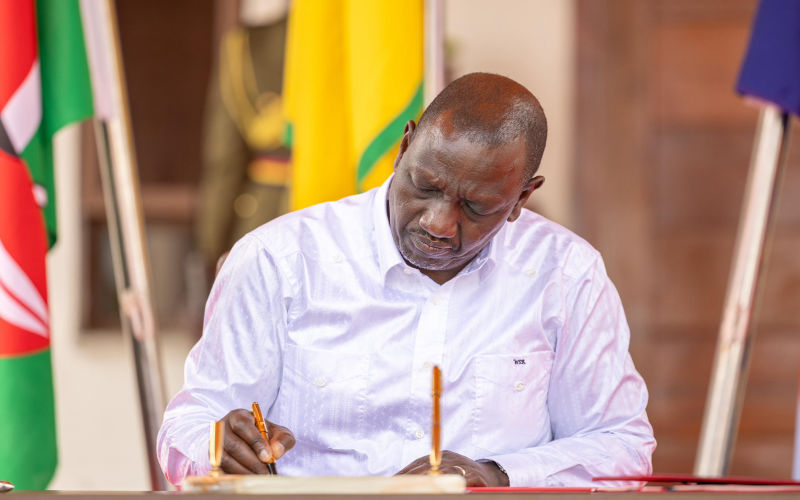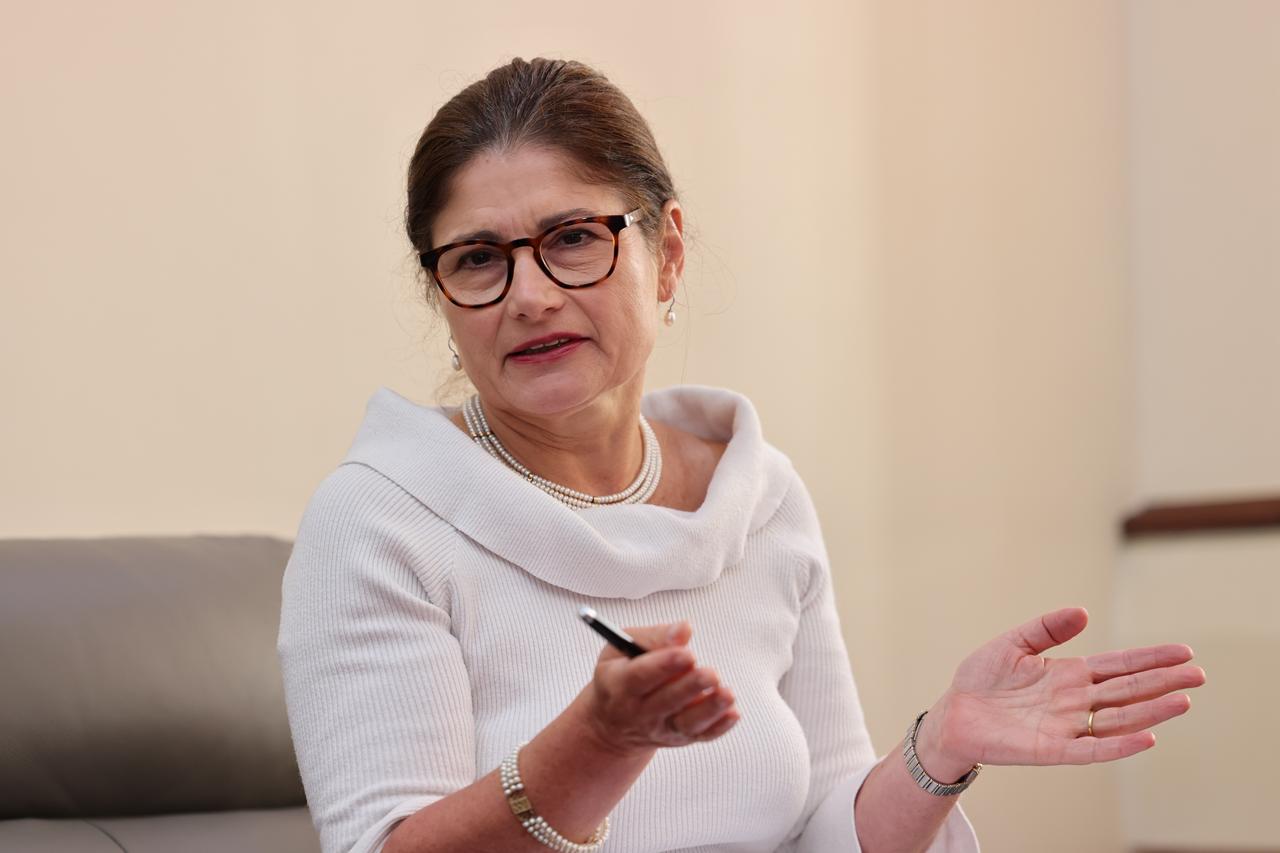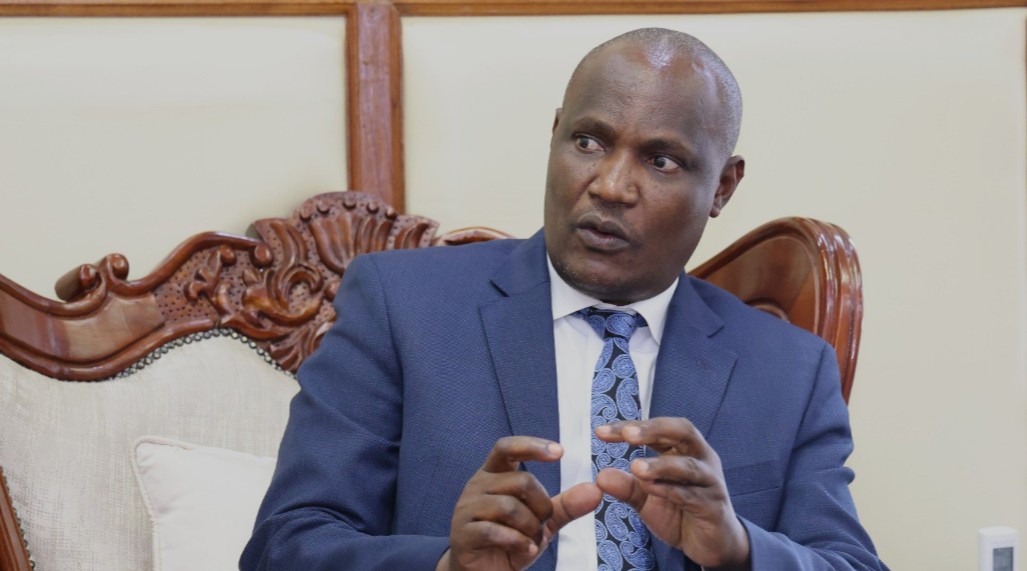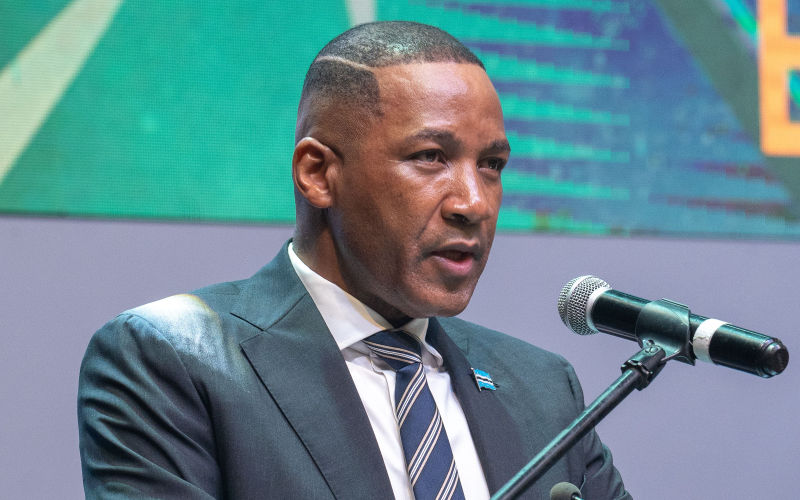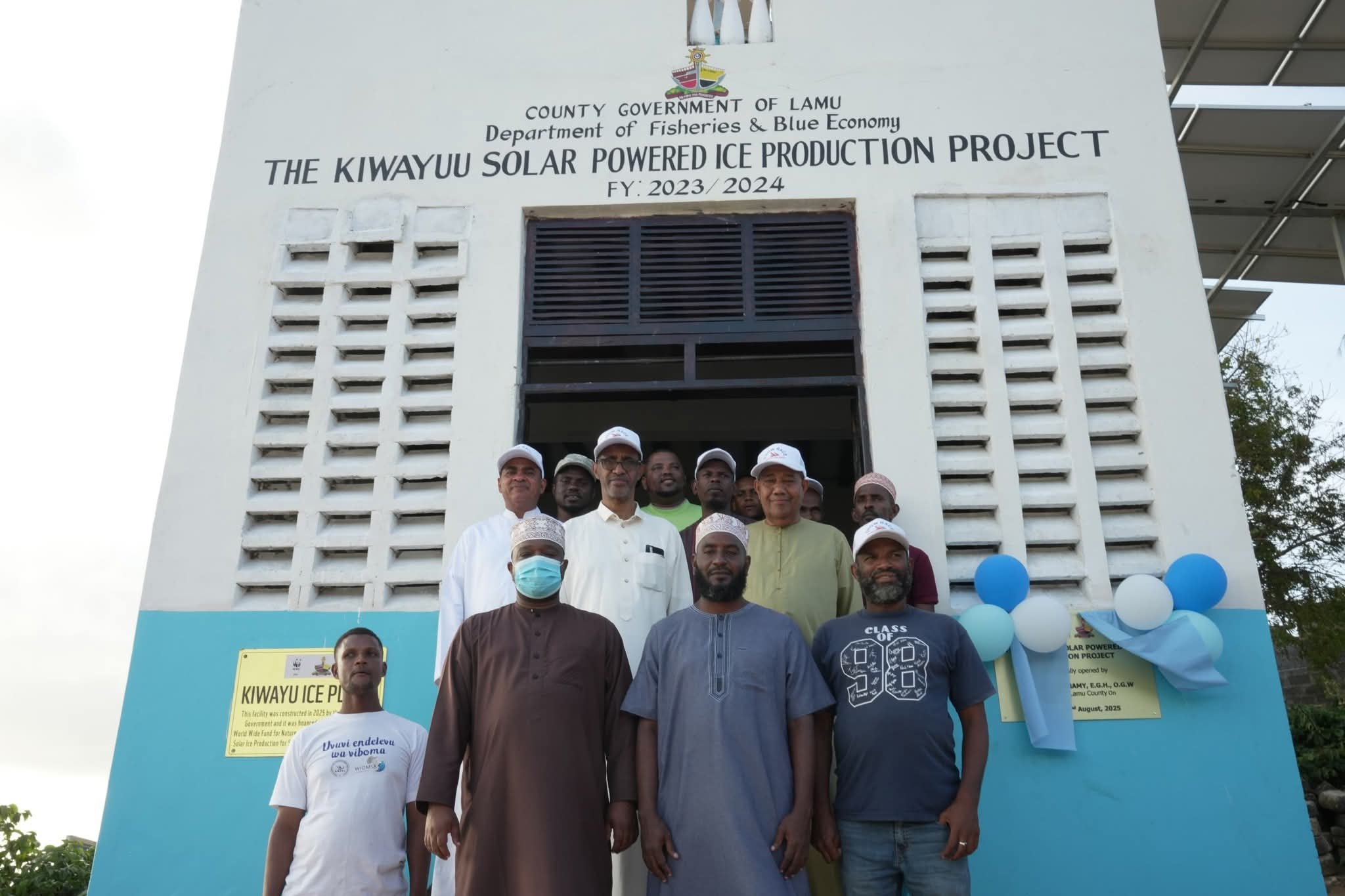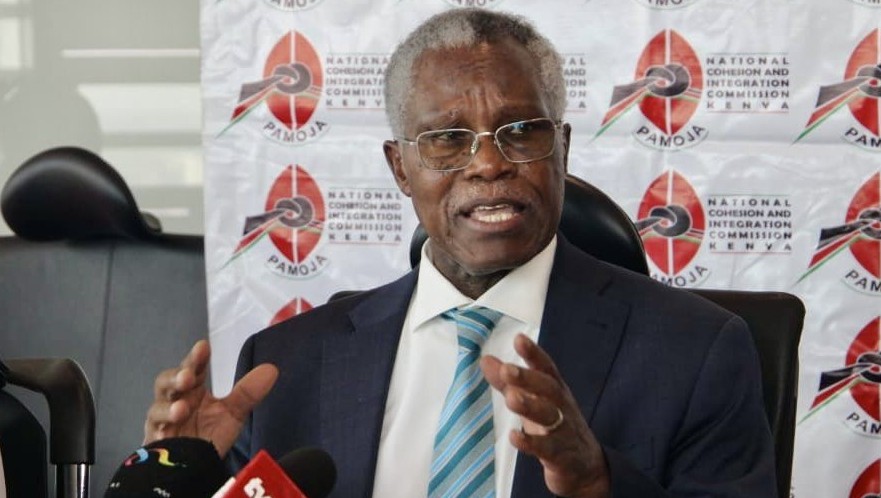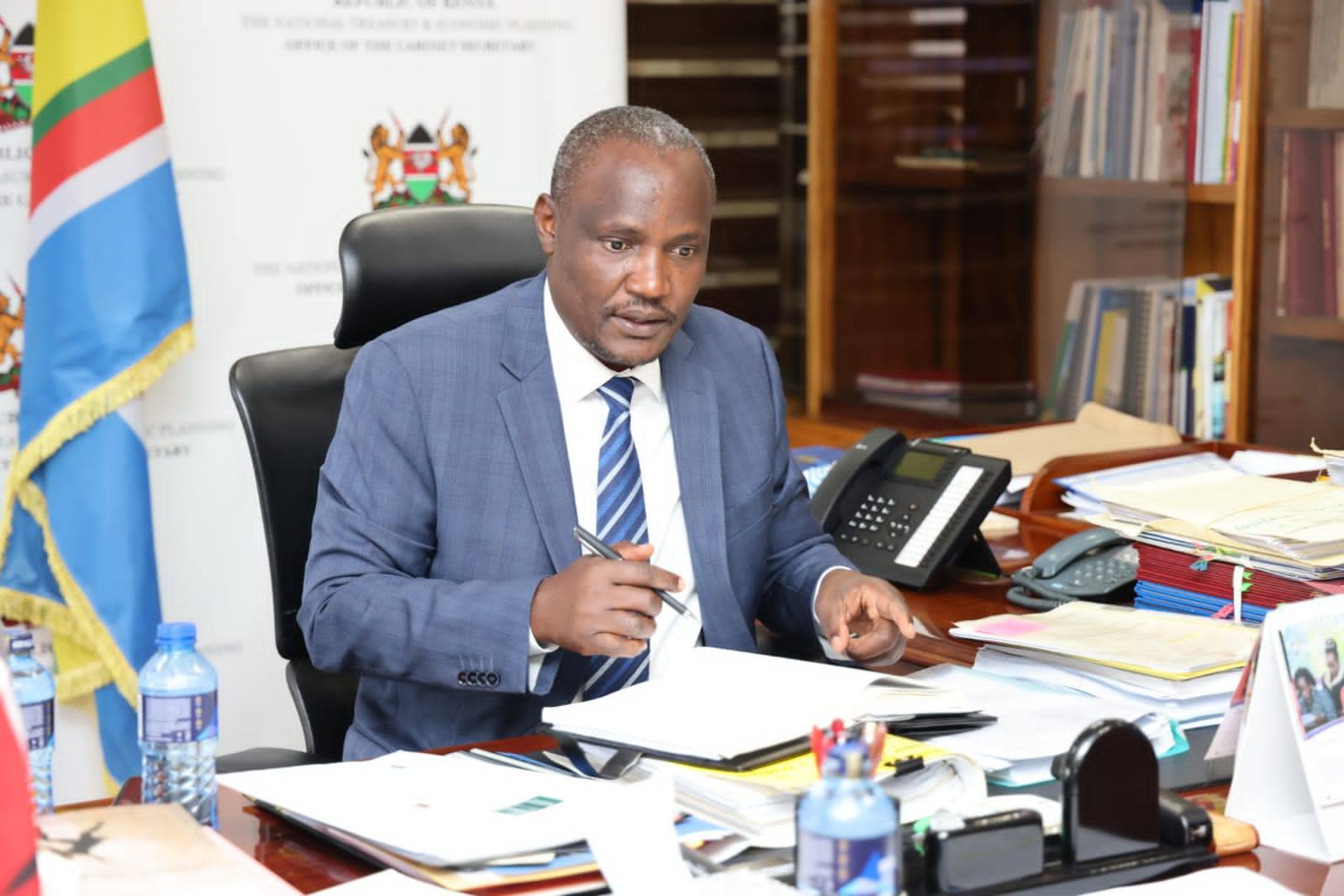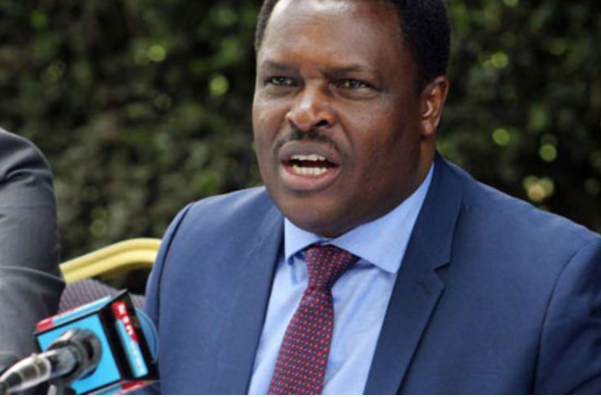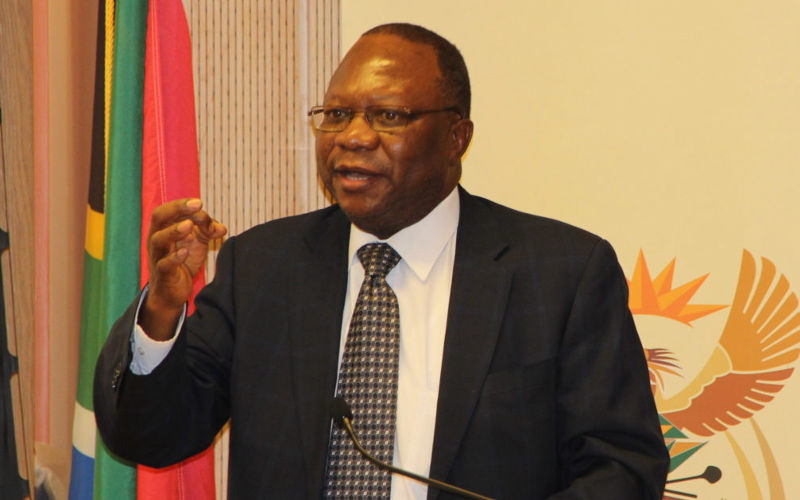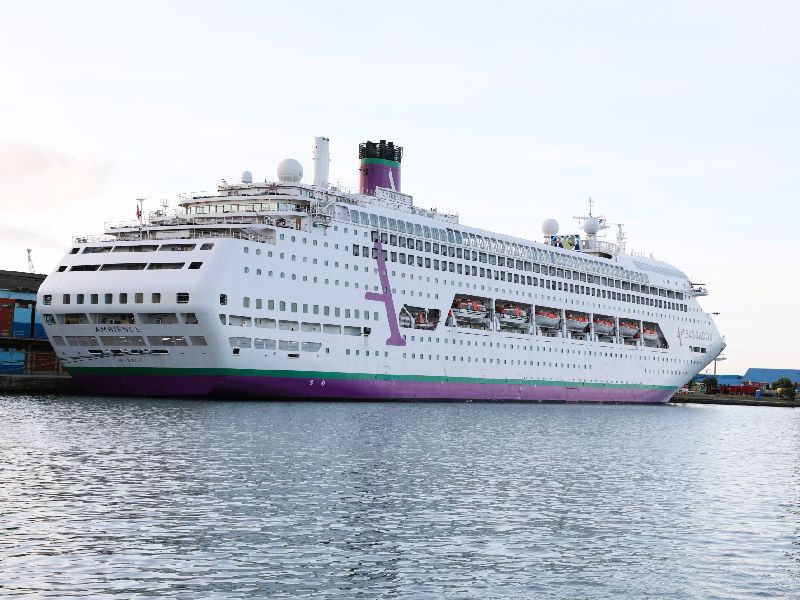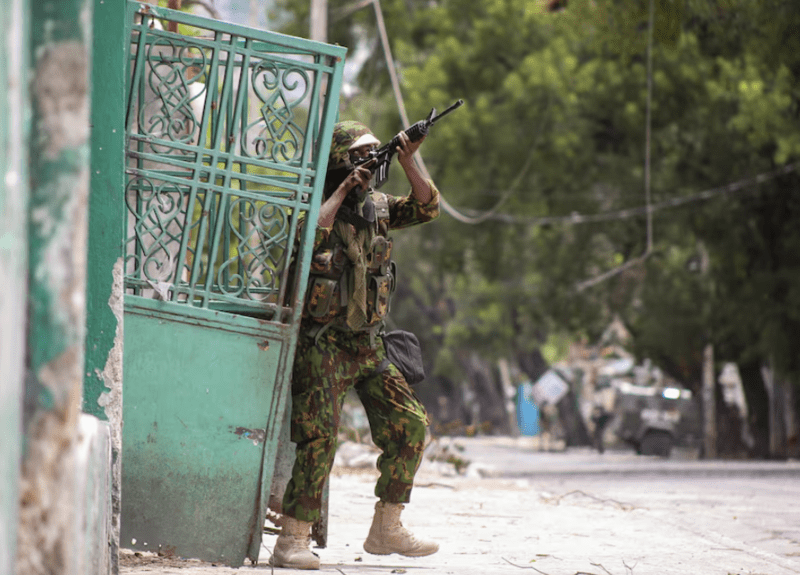Cabinet approves Nairobi Northern Bypass upgrade and railway city project to ease traffic

The Cabinet said the 20.2-kilometre stretch, which runs from Ruaka to Ruiru, will be expanded to accommodate growing traffic volumes and enhance access to key economic zones.
The Cabinet has approved the upgrade of the Nairobi Northern Bypass into a dual carriageway with modern interchanges and non-motorised transport facilities, in a bid to ease chronic traffic congestion and enhance connectivity with neighbouring counties.
In a meeting chaired by President William Ruto on Tuesday, the Cabinet said the 20.2-kilometre stretch, which runs from Ruaka to Ruiru, will be expanded to accommodate growing traffic volumes and enhance access to key economic zones.
More To Read
- New Sh4.2 billion Mombasa Commuter Rail set to ease traffic, boost SGR link
- Tanzania, Burundi launch $2.15 billion cross-border SGR to boost trade, cut travel time
- Kenya Railways warns passengers against ticket scams targeting Madaraka Express
- Kenya Railways losing millions as ticketing flaws let passengers ride free, Auditor General reveals
- Kenya eyes September for SGR extension to Malaba, Uganda and DRC onboard
- SGR revenue hits Sh936 million as passenger numbers fall to 529,591
The bypass, which links the Western and Eastern bypasses, is currently Nairobi’s only single-carriageway bypass and is notorious for severe congestion during peak hours.
The Cabinet acknowledged that this has led to frequent travel delays, higher transport costs, increased environmental pollution and reduced productivity.
To address this, the government said it will convert the entire stretch into a dual carriageway.
Interchanges and overpasses
The project will also involve the construction of eight interchanges, overpasses, and underpasses, alongside facilities to support non-motorised transport such as walkways and cycle paths.
The upgrade will also include enhanced drainage systems and improvements to connecting roads.
“The upgrade is expected to improve traffic flow, enhance road safety, and boost access to economic hubs, industrial zones, and essential services in both Nairobi and Kiambu counties,” the Cabinet noted.
In further efforts to transform the capital’s transport infrastructure, the Cabinet also approved the implementation of the Nairobi Railway City Central Station and Public Realm Project, an ambitious urban renewal plan aimed at decongesting the central business district and modernising the city’s main transport hub.
The project will see the current Nairobi Central Station redeveloped into a state-of-the-art, multi-modal transit interchange, which is expected to support Nairobi’s growing commuter demands.
Passenger traffic
According to the Cabinet, forecasts show daily passenger traffic rising to 400,000 by 2030 and up to 600,000 by 2045.
The revamped station will feature nine platforms and improved access bridges, enabling the smooth evacuation of up to 30,000 passengers per hour.
The Cabinet also noted that adjacent public realm upgrades will open up underutilised urban land, stimulate economic activity, and attract more foot traffic to the city centre.
The Cabinet said the Railway City project has already secured funding for key components, including Bus Rapid Transit (BRT) Line 3, several commuter rail routes and a standard gauge railway (SGR) connection to Jomo Kenyatta International Airport.
It added that the project is expected to drive job creation, support sustainable urban growth, and position the station as Nairobi’s premier transport hub and a flagship symbol of the city’s future development.
Top Stories Today
